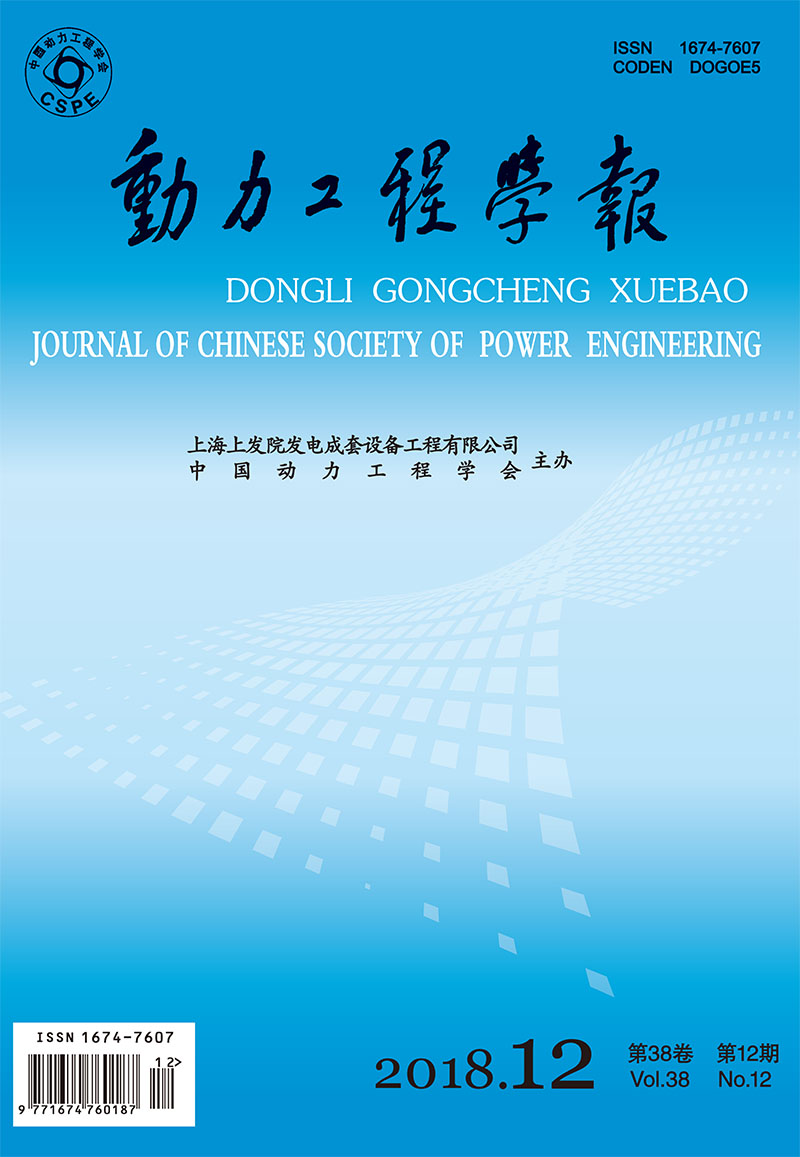WU Zhengren, ZHEN Meng, LIU Mei, WANG Songling, LIU Qiusheng
2018, 38(12): 988-995.
A model of pressure swirl nozzle was established using numerical simulation method, and the effects of spray pressure, spray height and tilt angle on the atomization characteristics were analyzed, such as the droplet velocity, droplet diameter and DPM concentration, etc. Results show that with the rise of spray pressure, the droplet Sauter mean diameter reduces, while the droplet flux increases. The droplet velocity at 2.0 MPa is higher than that at 1.5 MPa and 1.0 MPa. The average axial velocity of droplet increases with rising spray height. When the tilt angle of spray is increased from 0° to 40°, the average droplet velocity reduces, in which case, the DPM concentration on the right side of calculation domain basically remains stable, but that on the left side reduces significantly. The droplet flux is inversely proportional to the size of spray area, which reduces with the rise of spray height.
